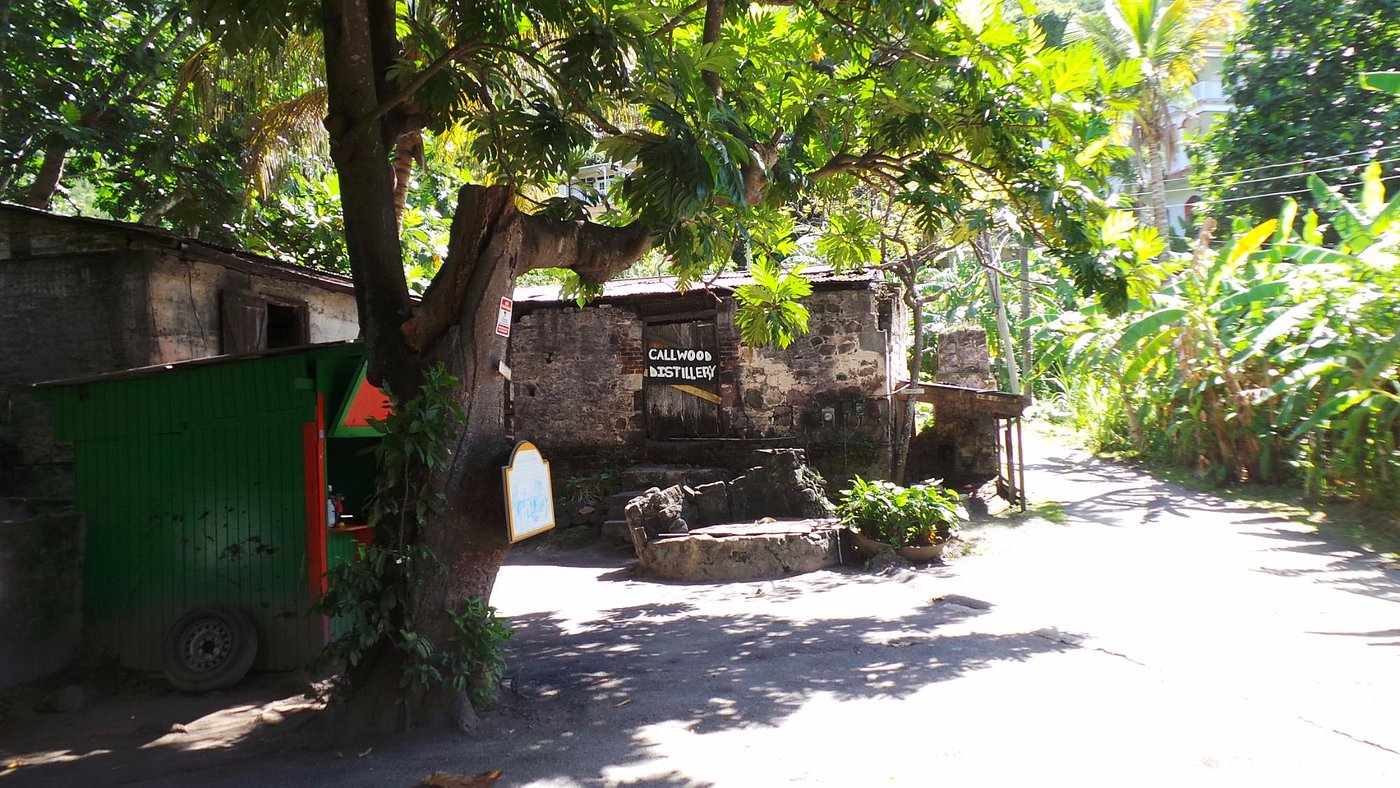For a moment, let’s journey back in time and experience the many battles, victories, and tribulations that curated the Caribbean region we know today. This region is bountiful with an amalgamation of people and cultures that have graced the shores of the Caribbean islands and territories from before the European discovery by Christopher Columbus. Many islands became gems on the sea, favored for their geography and natural resources. Fierce battles between European countries raged for many years for islands and territories, each desperate for the best slice of what many consider paradise. The sweat, tears, and blood of many people forged the Caribbean to what it is today, a vibrant mixology of cuisine, culture, and a friendly, brilliant heritage of people with freedom unimaginable by the outside world. There are many landmarks that have proudly and rightfully stood the test of time as a reminder and trophy of triumph to the local people and all visitors. Today, Jirie Caribbean will be sharing some of these significant landmarks to consider on your next Caribbean trip or cruise.
Citadelle Laferrière: Haiti
The Citadelle Laferrière is a mountain top fortress, located on the northern coast of Haiti – on the top of mountain Bonnet a L’Eveque. It is proudly depicted on Haiti’s currency, stamps, and postcards, this amazing and unique structure is nothing short of being considered and the Eighth Wonder of the World and the largest fortress in the Americas. The fortress is a symbol of Haiti’s power and independence. This massive stone construction was built in the early 19th century by Henri Christophe one of the leaders of Haiti’s slave revolution.
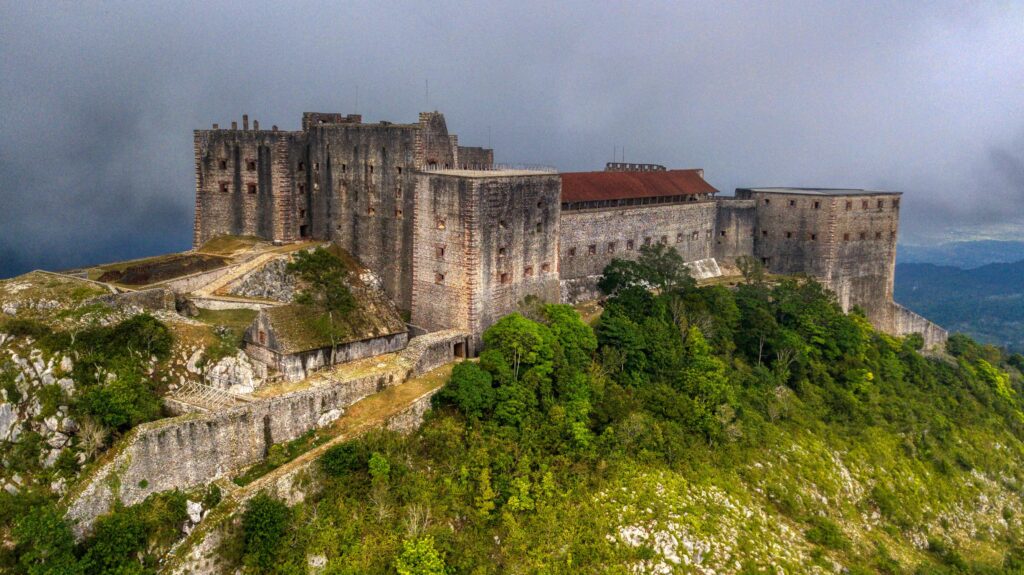
The fortress was built as a refuge and defense for the local people in anticipation of the French attack on the surrounding territory. This attack never occurred and the fortress lays amazingly preserved offering visitors spectacular views of the surrounding landscape from any of its many windows. Visitors who approach the fortress by the main trail, leading to the top of the mountain, Citadelle’s appearance resembles the prow of a colossal stone ship projecting out of the mountain.
Old Square (Plaza Vieja): Cuba
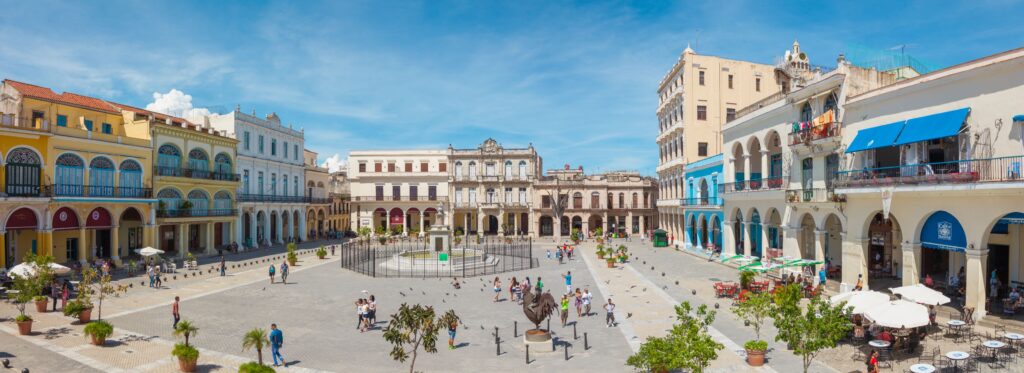
The 16th-century Plaza Vieja was always a residential space surrounded by elegant colonial residences and some beautiful early 20th-century art nouveau buildings. For over 150 years, Plaza Vieja has been host to an open-air food market, a park, an outrageously misjudged car park built by Batista in 1952 (now demolished), and an amphitheater. It has since been gradually restored to its original glory with the Carrara marble replica of the original 18th-century one by Italian sculptor Giorgio Massari in the fountain at the center of the square. Many of the 18th-century residences around the square have been restored with housing on the top floors and commercial establishments, including several small museums and art/photo galleries, on the ground floor. Any visitor can feel the history of the many roles that Plaza Vieja has played throughout its lifetime. All the stories and lives that have been affected by its existence. Plaza Vieja is a must-visit in Havana, Cuba.
Callwood Distillers- Tortola, British Virgin Islands
The Callwood Rum Distillery, just off Tortola’s Cane Garden Bay, is a small, family-run business believed to be more than 400 years old. The Callwood family has been involved since the 18th century, pressing green sugarcane to make gold, white and spiced rums.
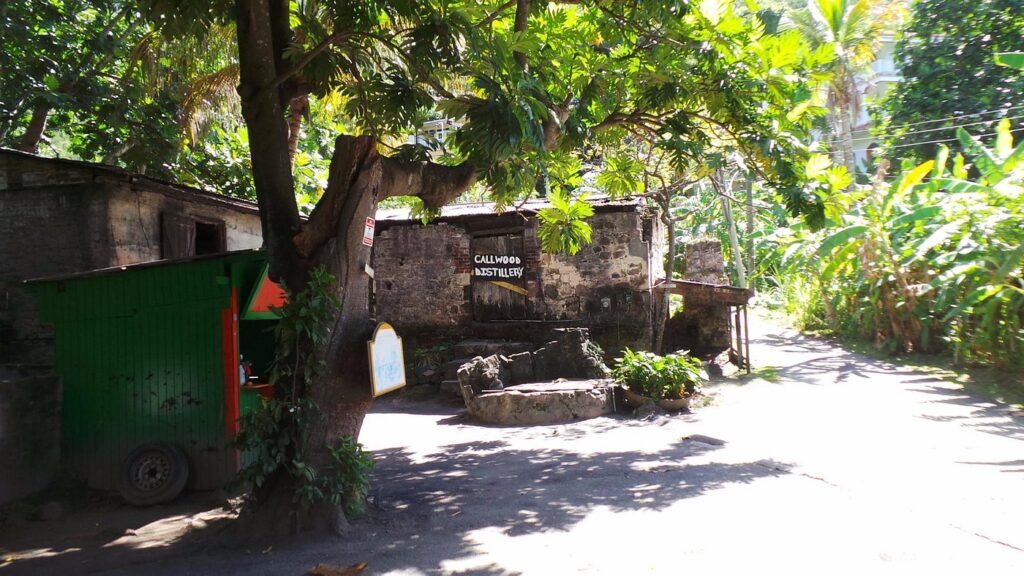
The Callwood Distillery offers a wonderful tour and story of the history of the distillery. The main showroom is a step back in time with casks, machinery, and furnishings appearing very old and authentic. At the end of the tour, there is a chance to sample the various styles of rum produced on site. A visitor will be amazed at the simplicity of the production of rum, from the sugar cane planted adjacent to the distillery. Tours are available when the distillery is in operation, from March through August, but if you come at another time of the year you can still visit the museum/gift shop and buy some rum to take with you.
Port Royal: Jamaica
The history and legends of Port Royal are known by many Jamaicans but it’s rarely spoken about globally. Today, Port Royal is a quiet fishing village in Kingston but in the late 17th Century its reputation was so nefarious that it was considered by many to be “the wickedest city on Earth”. The Spaniards controlled the port for more than 150 years favored for its strategic location. In 1655, Jamaica was attacked by the English who quickly turned Port Royal into a profitable possession. The English lack of manpower to protect the territory, the governor at the time was forced to recruit a coalition of pirates and privateers. Famous for a quarter of its buildings being either a bar or a brothel, the town quickly grew in wealth from slave trades, the sale of logwood and sugar. The pirates who frequent the port had a rapacious taste for excess and debauchery became the stuff of legend. You might have caught the name “Port Royal” infamous pirate-themed movies.
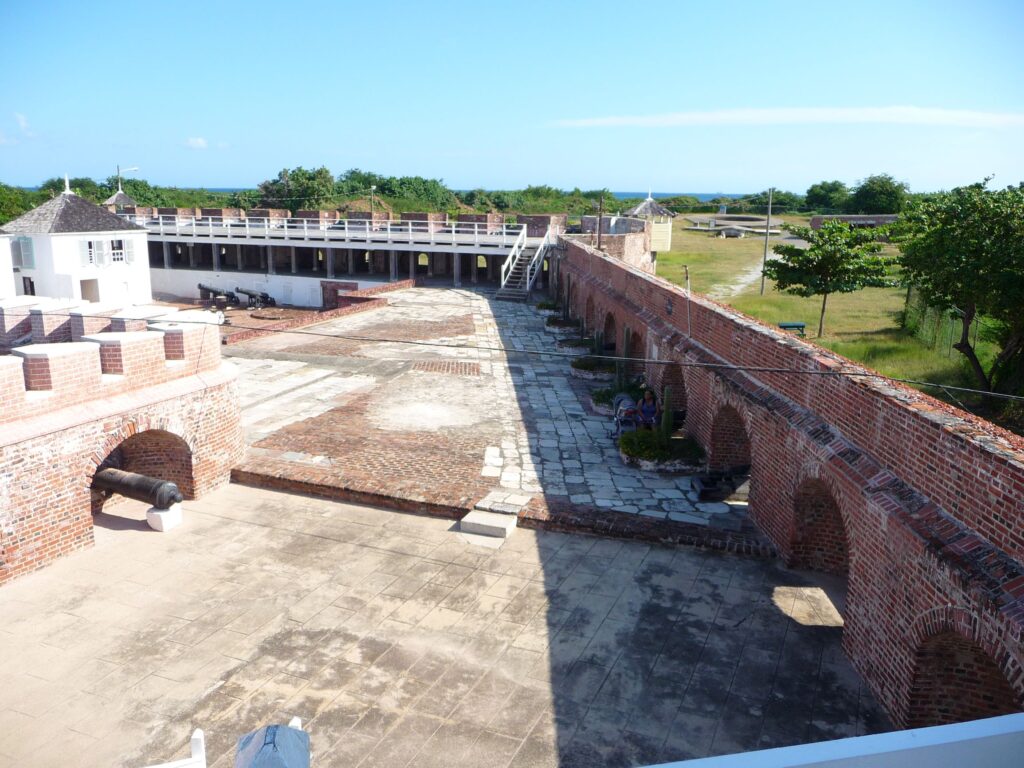
On the morning of 7 June 1692, however, that atmosphere and Port Royal itself were changed forever. Two thousand lives were lost in a massive earthquake that destroyed most of the city. Port Royal has never been the same since. Today, Port Royal has been modified to welcome cruise ships and visitors who wish to explore the history and ruins of this legendary port.
Foux Doux Plantation: St. Lucia

Fond Doux was established in 1742 and is one of the oldest working plantations in the Caribbean. Today it has been meticulously preserved and converted into an eco-friendly and sustainable resort by a local family. The Estate is a 135-acre piece of land situated within the UNESCO World Heritage Site of Soufriere surrounded by a picturesque rainforest landscape, cocoa fields, and tropical gardens. Fond Doux has retained the character of the early French colonial estate and is one of the earliest estates established by the French on the lands granted by the Royal decrees of 1745 and 1764. Historically, the plantation produced cocoa for making chocolate. The fertile volcanic soil makes it ideal for cocoa trees to produce in abundance. This Estate resort keeps to the tradition and continues to make chocolate the traditional way from bean to bar. Visitors are welcomed to experience the authentic history, culture, and character of Fond Doux Estate.


